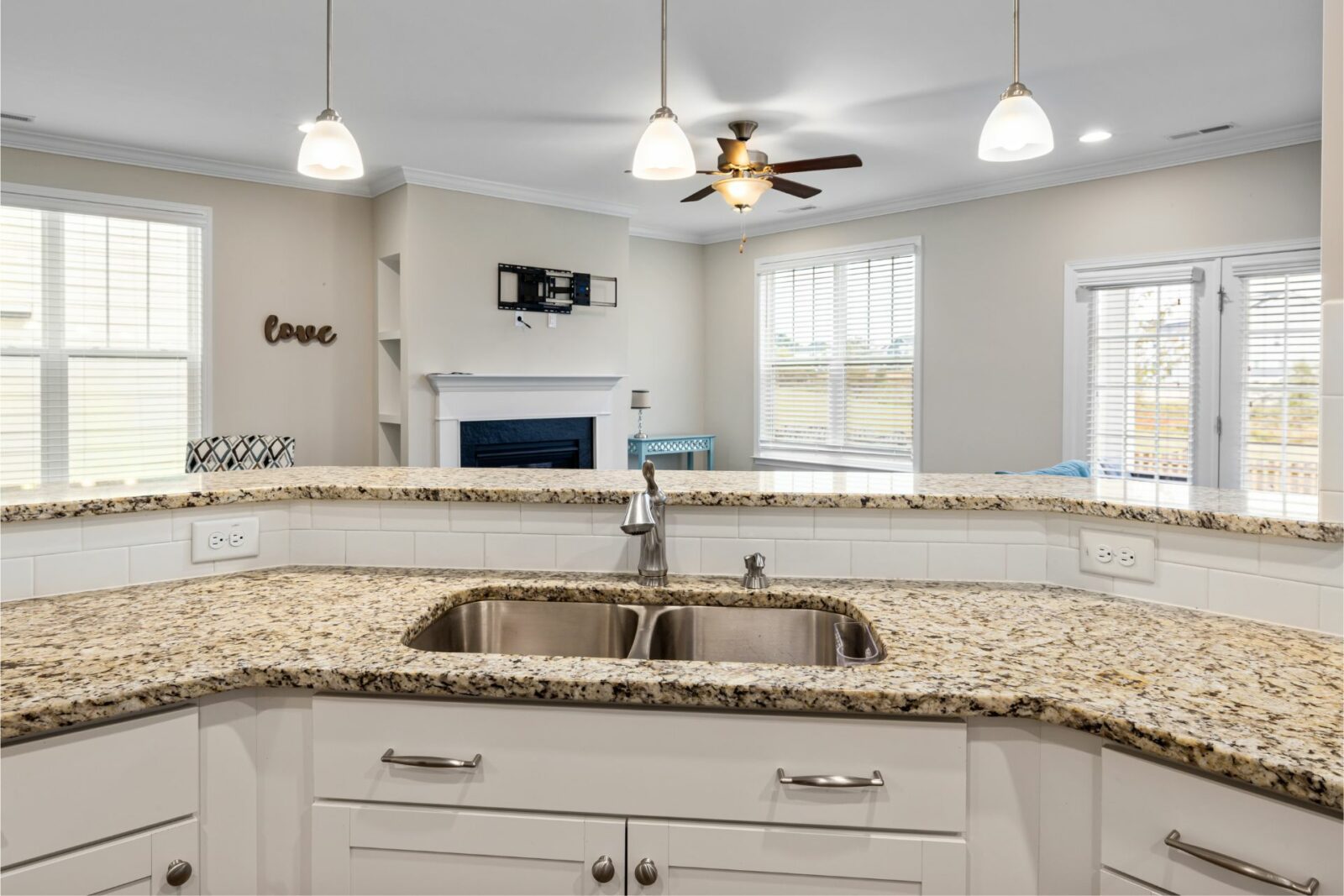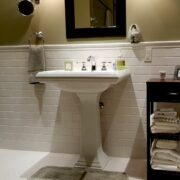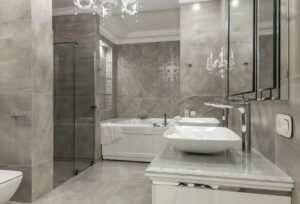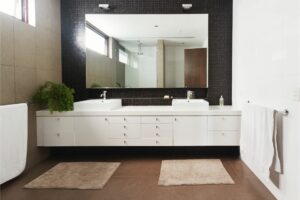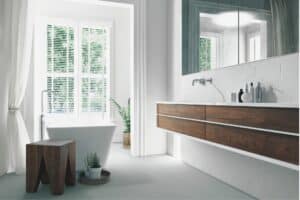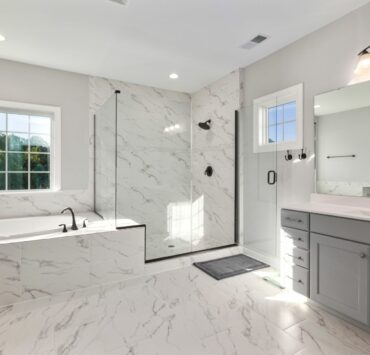The bathroom, one of the most frequented rooms in any home, should be a fusion of functionality and style. A crucial element that helps achieve this balance is the sink cabinet. This piece serves as the foundation of your bathroom’s design while offering valuable storage space. In this blog, we’ll explore the importance of sink cabinets, different styles and materials, and factors to consider when choosing the perfect one.
Why Choose a Sink Cabinet?
Sink cabinets, also known as vanity units, provide several benefits:
Storage
A sink cabinet provides ample space to store toiletries, cleaning supplies, and other bathroom essentials, keeping your bathroom clutter-free.
Aesthetic appeal
Sink cabinets act as a focal point, setting the tone for your bathroom’s overall design.
Concealing plumbing
These cabinets neatly hide plumbing fixtures, contributing to a clean and organized look.
Styles and Materials
Sink cabinets come in a variety of styles and materials to suit different tastes and budgets. Here are some popular options:
Traditional
Traditional sink cabinets often feature rich wooden finishes, ornate detailing, and vintage hardware. They pair well with marble or granite countertops.
Modern
Modern sink cabinets emphasize minimalist design, clean lines, and sleek hardware. They often use materials like glass, chrome, or high-gloss finishes.
Transitional
Transitional cabinets blend traditional and modern elements, creating a timeless look. They often feature shaker-style doors and neutral finishes.
Rustic/FarmhouseThese cabinets use natural materials, distressed finishes, and simple hardware to create a warm, cozy feel.
Factors to Consider When Choosing a Sink Cabinet
- Size: Measure your bathroom carefully before selecting your sink cabinet. Consider the size of the sink, countertop space, and storage needs.
- Material: The material should be water-resistant and durable, with popular choices being solid wood, MDF, or plywood. The top may be made of materials like ceramic, stone, or synthetic options.
- Storage capacity: Assess your storage needs. Cabinets with more drawers might be helpful for smaller items, while those with larger cabinets are good for bulkier items.
- Plumbing: Your existing plumbing may dictate the type of sink cabinet you can install. Always check with a professional if you’re considering reconfiguring plumbing.
- Budget: Sink cabinets range widely in price, depending on the materials, size, and design. Establish a budget that takes into account not just the unit, but also installation costs.
Conclusion
A sink cabinet is more than just a functional element in your bathroom – it’s a statement piece that can transform your space. Whether you gravitate towards a sleek, modern design or a cozy, rustic aesthetic, there’s a sink cabinet out there that perfectly matches your style and meets your storage needs. When selecting your sink cabinet, consider the size, material, storage capacity, plumbing, and budget to make an informed decision. With careful consideration and thoughtful design, your sink cabinet can enhance the overall appeal of your bathroom, creating a space that is both stylish and practical.
